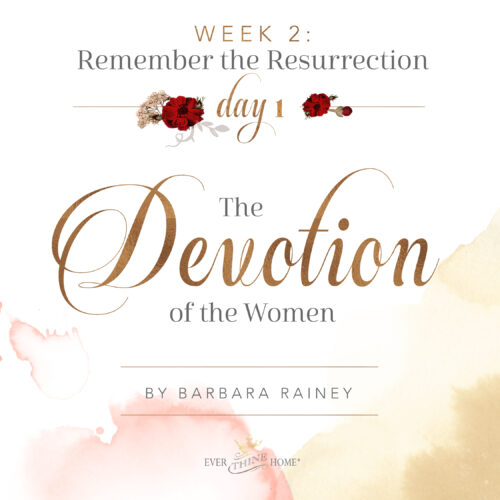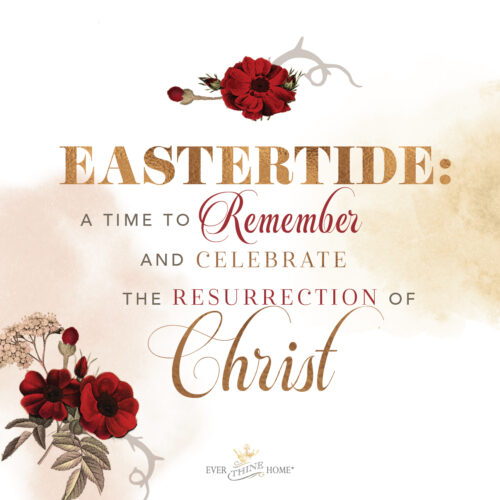
It’s astonishing how the world’s head turns at the sight of love; at the wonder of forgiveness. From the silver screen to the illustrations of children’s books, we grapple with the paradox: We’re not perfect. Yet we still long for the love we don’t deserve. As a character in M. Night Shyamalan’s 2004 film The Village puts it, “The world moves for love. It kneels before it in awe.”
Yet as author Paul Miller remarked to a friend in A Loving Life, “You have a love-hate relationship with love. You want intimacy, but you become overwhelmed with the work of love.” Enduring, sacrificial love is harder to find on the big screen. Filling sippy cups over and over again, caring for aging parents, or praying for a friend is considerably less camera-worthy. Miller continues, “at the heart of love is incarnation that leads to death. Death is at the center of love. It happened to Jesus. It happened to us.”
John Wesley’s lyrics in his hymn, “And Can It Be?” marvel at the unwarranted lavishness of Jesus’ love. Can it be? This kind of love? My chains fell off! My heart is free!
But it’s also a call to action: to our own deaths. As 20th-century martyr Dietrich Bonhoeffer famously said, “When Christ calls a man, He bids Him come and die.”
And it’s to die in so much more than the moment our lives transfer from this realm to the next. It’s retelling His death, His forgiveness, His blessing in the midst of insult, over and over in our love for each other. As 1 John 3:16 says, “By this we know love, that he laid down his life for us, and we ought to lay down our lives for the brothers.” To proclaim in vivid color, extravagant sacrifice, sweat, and generous labor, This—this!—is amazing love.
Come, meet the sweet beautiful death to self that is love.




This is beautiful